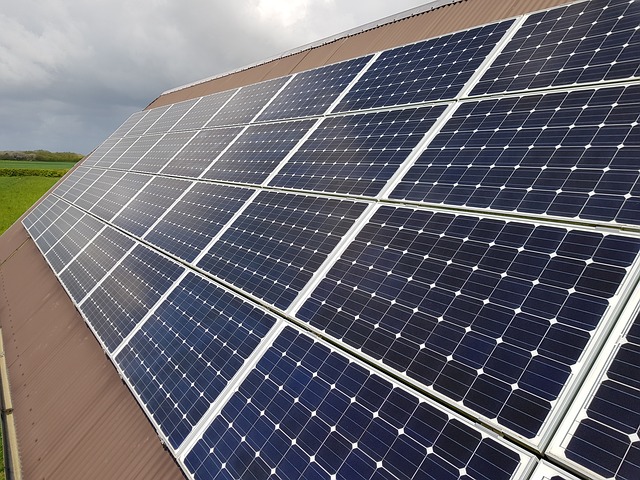Getting your Maui solar panel installations right is key because solar panels convert sunlight into electricity. If the PV panels are installed in spots that limit their exposure to sunlight, the panels power production will be below expectations.
Hiring a professional solar installation company on the island can make the entire installation process easy and smooth. Even more, you can sit back and relax knowing that your solar panels are generating the maximum amount of electricity you need in your home. These are several tips you can easily use to find the right solar installer on Maui.
Tips for Maui Solar Panel Installations
Direction and tilt of solar panels
The most appropriate azimuth or direction to face solar panels in the U.S. is towards the equator. If you live in the northern hemisphere, face them south. If you live in the southern Hemisphere, face them north.

The best direction and tilt for Maui solar panel installations is true south. Solar panels are exposed to maximum sunlight throughout the day when installed facing true south on Maui. You shouldn’t hesitate to hire a professional solar panel installation company on the island to get your installations right.
Location of the solar panels
Take a good look around your entire property, where do you think is the best spot for Maui solar panel installations for maximum exposure to sunlight? Many homeowners often choose one out of three major options which include:
- Roof installation
- Ground mounted solar
- Building integrated photovoltaics
Roof installation
If you have a flat roof, your Maui solar panels installations can be quick and easy. Another key benefit id the fact that the PV panels can protect the roof from toxic UV radiation.
Even more, installing solar panels on your rooftop prevents the roof from direct sunlight making it easier to cool off your home. Pitched roofs are also suitable for Maui solar panel installations.
Here are key things to consider before choosing your rooftop for Maui solar panels installations:
- Is your roof facing south?
- What about shades? Is your roof free of shade that obstruct sunlight such as trees and other structures?
- You’ll need some space. Is there enough space on the roof to accommodate the solar panels?
- Is the roof strong enough to hold the solar PV panels?
All of these can make it easier for you to figure out if your roof is the best place for your solar panels.
Ground mounted solar
If you have a roof that isn’t suitable for Maui solar panel installations for whatever reasons, the ground mounted solar can be a good option. Here’s a list of key things to consider before going for ground mounted solar:
- Is the ground space free from obstruction and shades?
- What about the landscape? Is the ground space flat? Avoid steep terrain, it can increase installation cost
- Choose DRY SPOT Is the ground spot relatively dry with good drainage? Avoid locations with standing water and floodplains
- Is the ground spot within around 500 feet of your house? Maui solar panel installations can be done at a distance that’s beyond 500 feet. However, distance can increase installation costs
Building integrated photovoltaic
One of the key options for Maui solar panel installations is the building-integrated photovoltaic known as BIPV. Building integrated photovoltaic produce electricity as an embedded part of the outer layer of a building, usually as part of a building’s architectural design.
Though BIPV is often maximally efficient when embedded in the design and construction of a new building, it can be installed in existing buildings too. The following are some of the key methods of integrating solar into buildings:
- Glazing – this involves using ultra-thin solar cells to create PV skylights or greenhouses
- Rooftops – on the rooftop, photovoltaic materials are used to replace typical roofing materials
- Facades – this is a semi-transparent thin-film or crystalline solar panels that is used as replacements for traditional glass windows.


